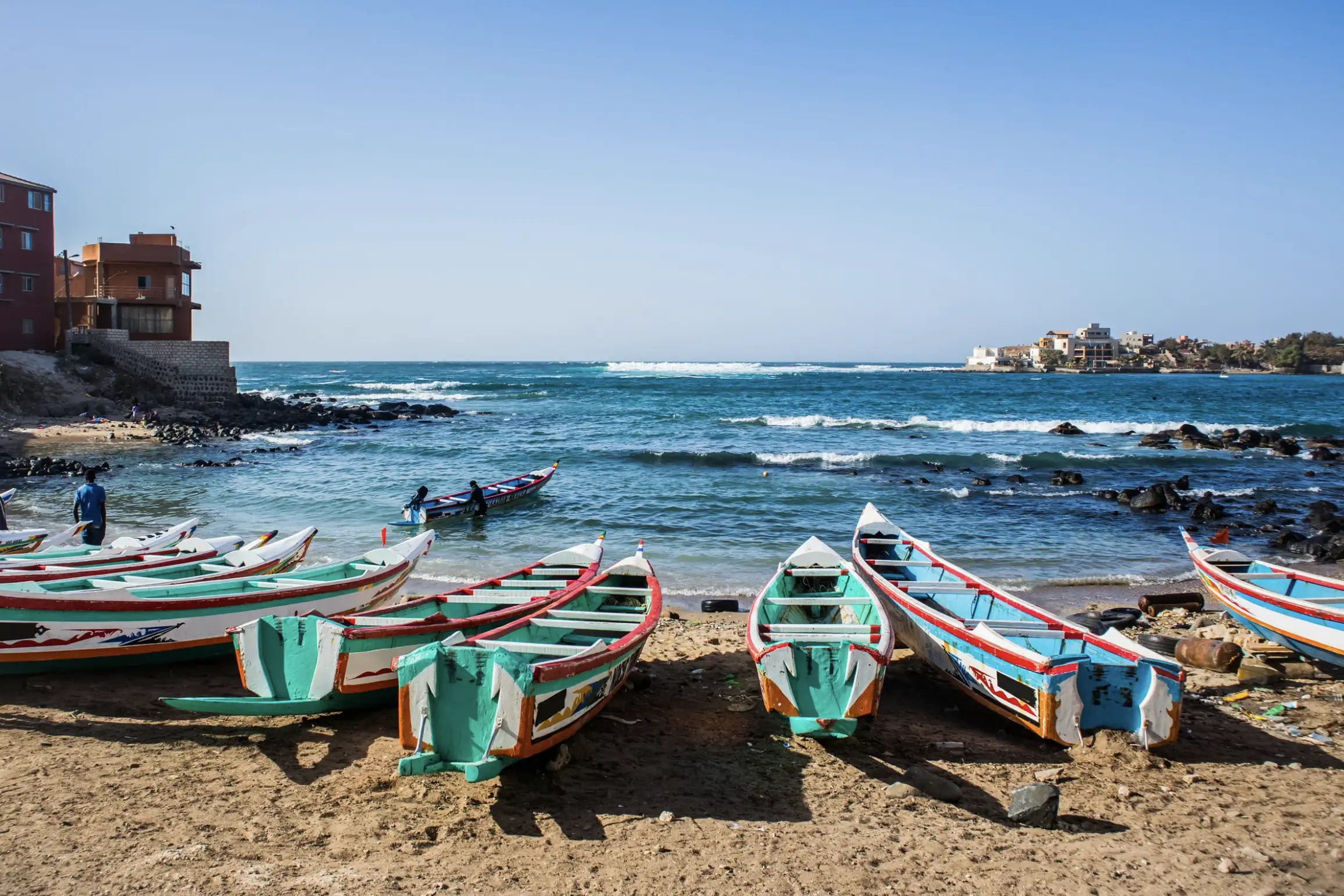In East Africa, the Blue Economy is emerging as a critical driver of economic development, particularly for coastal nations like Kenya and Tanzania, which are endowed with rich marine resources. This concept focuses on the sustainable use of marine ecosystems to support economic growth, improve livelihoods, and foster conservation efforts.
Kilindini, a Swahili word for “deep,” is a solution-driven campaign calling on policymakers, environmental advocates, and citizens to take action in protecting and maximizing the region’s marine resources for a sustainable future. This initiative highlights the key benefits of the Blue Economy and its potential to drive lasting economic and environmental impact for East Africans.
The Blue Economy: A Catalyst for Growth
Kenya and Tanzania boast vibrant coastlines along the Indian Ocean, with expansive coral reefs, bustling ports, and abundant fish stocks. The Blue Economy offers a unique opportunity to expand their economic activities and preserve their natural ecosystems.
The most immediate and tangible benefit is economic growth and job creation. Coastal areas in both countries provide a wide array of resources—fisheries, minerals, oil, gas, and tourism opportunities—that can boost national incomes and improve local livelihoods.
In Kenya, the fisheries sector supports over 100,000 jobs, significantly contributing to rural economies along the coast. Expanding sustainable fishing practices and investing in the maritime industry, including shipbuilding and port operations, can further drive employment. Similarly, in Tanzania, the Zanzibar Archipelago is renowned for its rich marine biodiversity, creating thousands of jobs in fishing, aquaculture, and tourism.
Sustainable Fisheries and Aquaculture
The Blue Economy promotes sustainable fisheries and aquaculture, addressing overfishing and food security concerns. In Kenya, the National Blue Economy Strategy (2018) prioritizes sustainable fishing practices, aiming to regulate fish stock management and enhance the industry’s long-term viability. In Tanzania, the development of aquaculture reduces pressure on wild fish stocks, ensuring a steady supply of seafood while creating employment opportunities.
By expanding these initiatives, both nations can secure their fisheries sector, benefitting millions who rely on marine resources for sustenance and income.
Tourism and Eco-Conservation
Tourism is a major economic pillar for most East African counties. Iconic destinations such as Kenya’s Diani Beach and Tanzania’s Zanzibar Archipelago attract millions of visitors annually. The Blue Economy supports eco-tourism, ensuring that fragile marine ecosystems such as coral reefs and mangroves are preserved for future generations.
In Kenya, marine protected areas (MPAs) help to conserve biodiversity, while Tanzania actively invests in sustainable marine tourism to protect its coastal ecosystems. By prioritizing eco-tourism, both nations can enhance revenue streams while safeguarding their natural heritage.
Enhancing Climate Resilience
Tanzania and Kenya’s coastal areas are highly vulnerable to climate change impacts such as rising sea levels, coastal erosion, and extreme weather events. The Blue Economy integrates strategies to enhance climate resilience through ecosystem restoration and conservation.
Kenya’s mangrove restoration projects are strengthening coastal resilience while providing critical habitats for marine biodiversity. In Tanzania, coastal protection efforts are a significant part of the government’s climate adaptation strategy, safeguarding coastal communities and infrastructure from climate-related risks. These efforts not only protect the environment but also ensure long-term sustainability for coastal populations.
Strengthening Regional Cooperation
Kenya and Tanzania benefit from cooperation on maritime security, sustainable fisheries management, and port development. By working together, both nations can improve:
- Trade relations and market access.
- Maritime governance, reducing illegal fishing and environmental degradation.
- Security measure, ensuring safer waters for economic activities.
A unified approach strengthens East Africa’s position in the global maritime sector, fostering economic stability and security.
Food Security
The Blue Economy plays a pivotal role in enhancing food security in Kenya and Tanzania. Expanding sustainable fisheries and aquaculture reduces pressure on terrestrial farming systems and provides affordable, nutritious food to millions of people. Proper fish stock management ensures a steady seafood supply, improving national nutrition and reducing reliance on imported food sources.
Call to Action: The Kilindini Campaign
The Kilindini campaign urges governments, organizations, and individuals to take decisive action by:
- Investing in marine conservation technologies.
- Supporting community-led environmental initiatives.
- Strengthening maritime security and governance.
The Blue Economy offers immense benefits for Kenya and Tanzania, from economic expansion and job creation to environmental sustainability. By embracing sustainable practices, investing in marine industries, and fostering regional cooperation, both nations can unlock the full potential of their coastal resources. This is the time to act–ensuring a prosperous future while safeguarding the health of marine ecosystems for generations to come. For more information on how you can join this effort, visit Kilindini.org.

